22 Ways Dogs Make Humans Healthier
Remember when you were little, and you kept nagging your parents about getting a pup because you had seen other people enjoying their time with their own pet dog? Getting a pet dog is a step toward better health. Only a handful of people know about the real benefits of living with dogs.
Research suggests that people are healthier with pet dogs, both mentally and physically. They are really good for you. Not only do dogs provide unconditional love, but they can also make us happier. Pet owners know that dogs are fun and bring so much affection into one’s life.
However, their most significant impact on us is their powerful benefits for physical and mental health. One finding is that pet dogs help relieve depression. Depression has become one of the leading causes of death worldwide.
According to a published study in AIDS Care, people who owned dogs were significantly less likely to be depressed compared with those who did not own any pet. Other studies have indicated that petting dogs or simply interacting with them releases the feel-good neurotransmitters serotonin, dopamine, and oxytocin. All of these help ameliorate the effects of depression among people.
This is not the only health benefit people can get from owning dogs. There is more to see in the infographic below. It showcases the physical and mental health advantages these K9 companions can provide.
Scroll down and view the colorful graphic to understand why dogs are important and why they are dubbed as man’s best friend. After seeing the graphic, you will surely thank your best buddy for your good health.
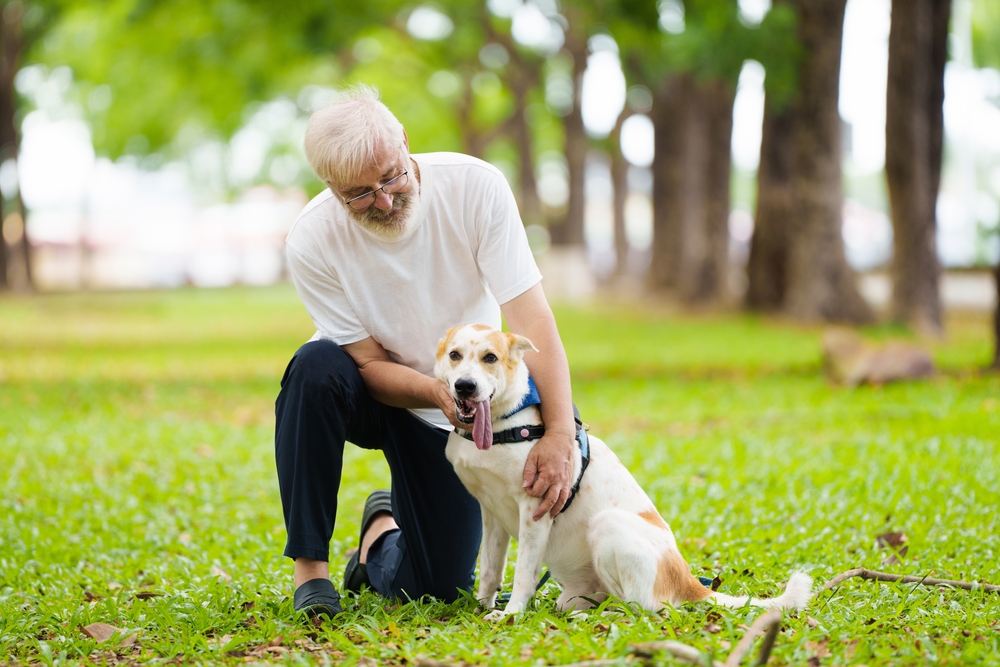



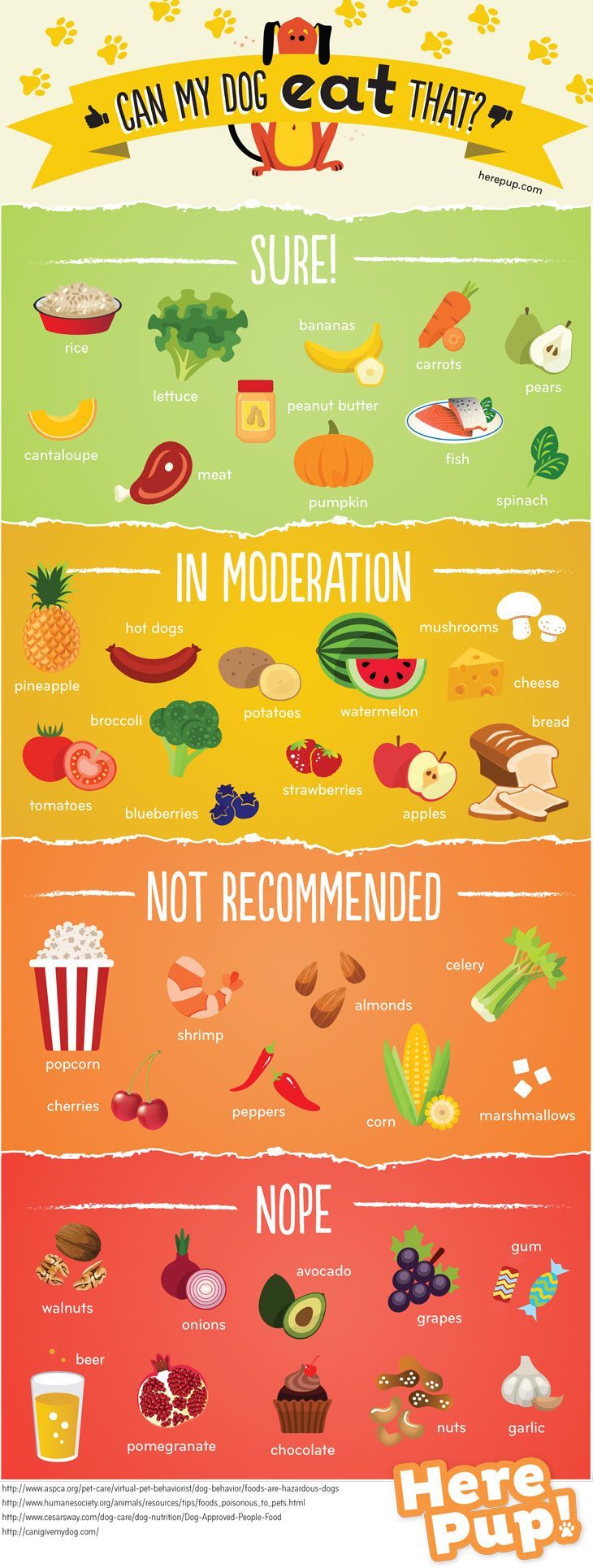



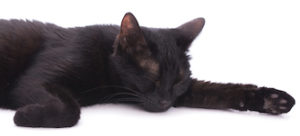 Main features of both forms of disease is the permanent increase in blood sugar levels. In the beginning of the disease the symptoms of diabetes are usually poorly developed and are therefore easily overlooked. The cats drink more (polydipsia) and also excrete more water (polyuria). They can act tired. Striking might be the cravings – especially when they lose weight even though they eat a lot. But obesity can occur together with diabetes mellitus. Especially in cats, this is, however, likely to be a cause rather than a consequence of the hormonal disorder.
Main features of both forms of disease is the permanent increase in blood sugar levels. In the beginning of the disease the symptoms of diabetes are usually poorly developed and are therefore easily overlooked. The cats drink more (polydipsia) and also excrete more water (polyuria). They can act tired. Striking might be the cravings – especially when they lose weight even though they eat a lot. But obesity can occur together with diabetes mellitus. Especially in cats, this is, however, likely to be a cause rather than a consequence of the hormonal disorder. It´s necessary to change the diet
It´s necessary to change the diet
 Recently, I got an email from a dog owner. His favorite four-legged friend was suffering from various inflammatory and degenerative musculoskeletal disorders which were treated with painkillers for a long time, after which the animal had suffered a perforation. The man knew his dog´s illness very well and was super informed. He reported that his family had already tried everything and asked me now, if I had any idea of what to do.
Recently, I got an email from a dog owner. His favorite four-legged friend was suffering from various inflammatory and degenerative musculoskeletal disorders which were treated with painkillers for a long time, after which the animal had suffered a perforation. The man knew his dog´s illness very well and was super informed. He reported that his family had already tried everything and asked me now, if I had any idea of what to do.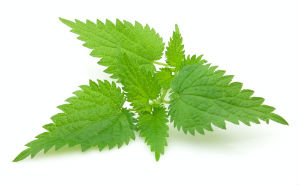 The NSAID or NSAP only fight the symptoms. They inhibit pain transmission and inflammation. According to studies, plants can do more than that. And so we’ll get to another herbal painkiller and anti-inflammatory that is often underestimated or not detected: the nettle. Several studies showed that the nettle does not only have analgesic and anti-inflammatory effects, but also engages directly in the inflammatory process. How does it do it? It inhibits cytokines. These are the body’s own messengers that, in a complex sequence of events such as the attack of cartilage, lead to inflammation. Thus, there is direct intervention in the pathological event. Therefore, the nettle is not only a herbal painkiller and anti-inflammatories in the acute stage for horses, dogs and cats, but also a wonderful prophylaxis agents for example, Osteoarthritis predisposed animals in the early stages, etc.
The NSAID or NSAP only fight the symptoms. They inhibit pain transmission and inflammation. According to studies, plants can do more than that. And so we’ll get to another herbal painkiller and anti-inflammatory that is often underestimated or not detected: the nettle. Several studies showed that the nettle does not only have analgesic and anti-inflammatory effects, but also engages directly in the inflammatory process. How does it do it? It inhibits cytokines. These are the body’s own messengers that, in a complex sequence of events such as the attack of cartilage, lead to inflammation. Thus, there is direct intervention in the pathological event. Therefore, the nettle is not only a herbal painkiller and anti-inflammatories in the acute stage for horses, dogs and cats, but also a wonderful prophylaxis agents for example, Osteoarthritis predisposed animals in the early stages, etc. Yes, the poor cats are somewhat at a disadvantage as opposed to horses and dogs in terms of herbal painkillers. Because of their
Yes, the poor cats are somewhat at a disadvantage as opposed to horses and dogs in terms of herbal painkillers. Because of their 
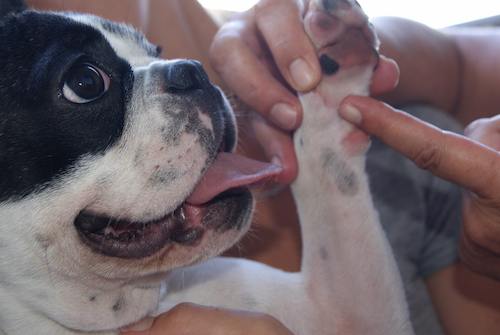 In horses, dogs and cats the most effective reflexology areas are on the head, paws and ears. Only these parts of the body have nerve endings which are sufficiently pronounced. The brain and spinal cord (= energy source) are the main switching areas for energy changes. Here all of the organ zones are displayed and can be treated with the reflexology. Each disease is an energy flow disturbance. With animal reflexology the energy flow is stimulated and thus activates the self-healing power.
In horses, dogs and cats the most effective reflexology areas are on the head, paws and ears. Only these parts of the body have nerve endings which are sufficiently pronounced. The brain and spinal cord (= energy source) are the main switching areas for energy changes. Here all of the organ zones are displayed and can be treated with the reflexology. Each disease is an energy flow disturbance. With animal reflexology the energy flow is stimulated and thus activates the self-healing power.
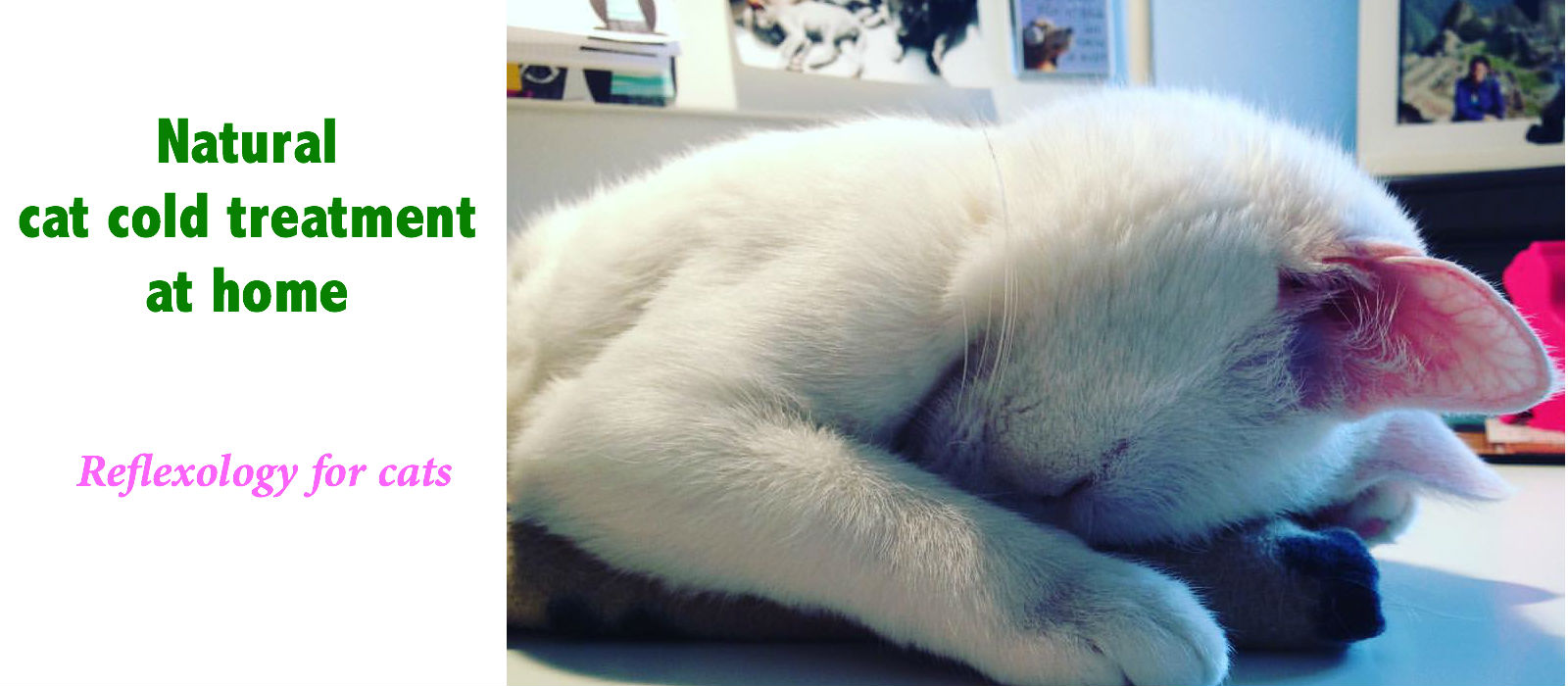
 My cat Coco, 11 months old, was recently sterilized. She was very nervous when we went to the vet and with tears in my eyes I left her shivering with the lady who was going to perform the operation. Three hours later I was able to pick her up and the operation had been a success.
My cat Coco, 11 months old, was recently sterilized. She was very nervous when we went to the vet and with tears in my eyes I left her shivering with the lady who was going to perform the operation. Three hours later I was able to pick her up and the operation had been a success.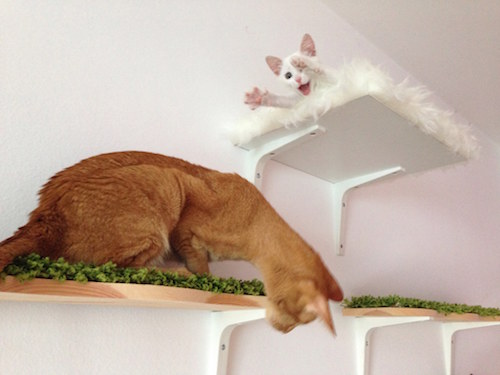
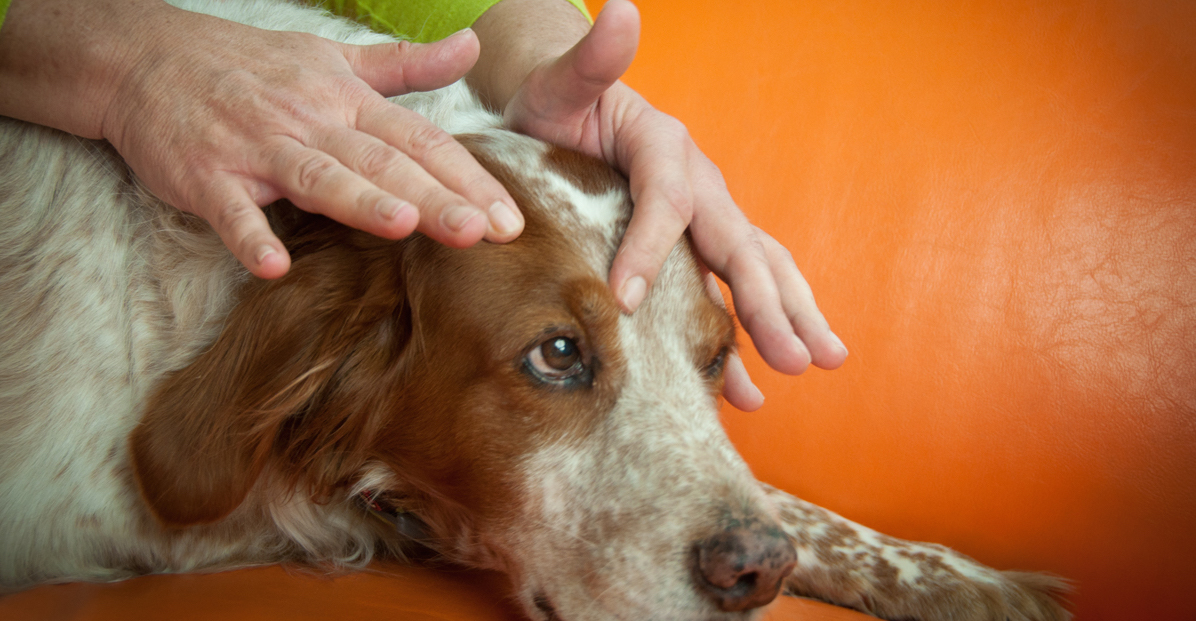
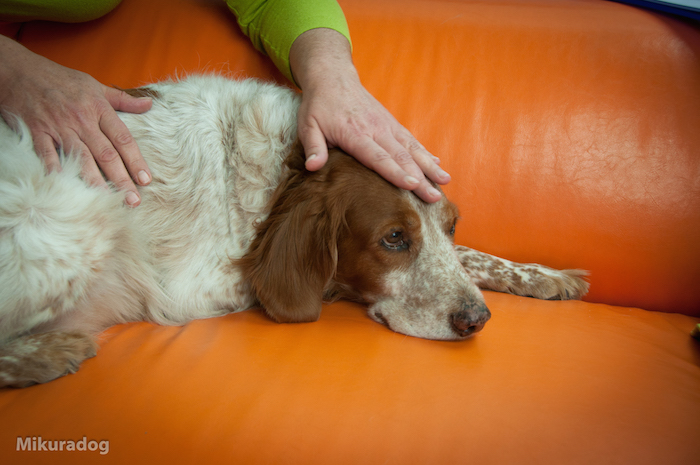 Trigger point massage
Trigger point massage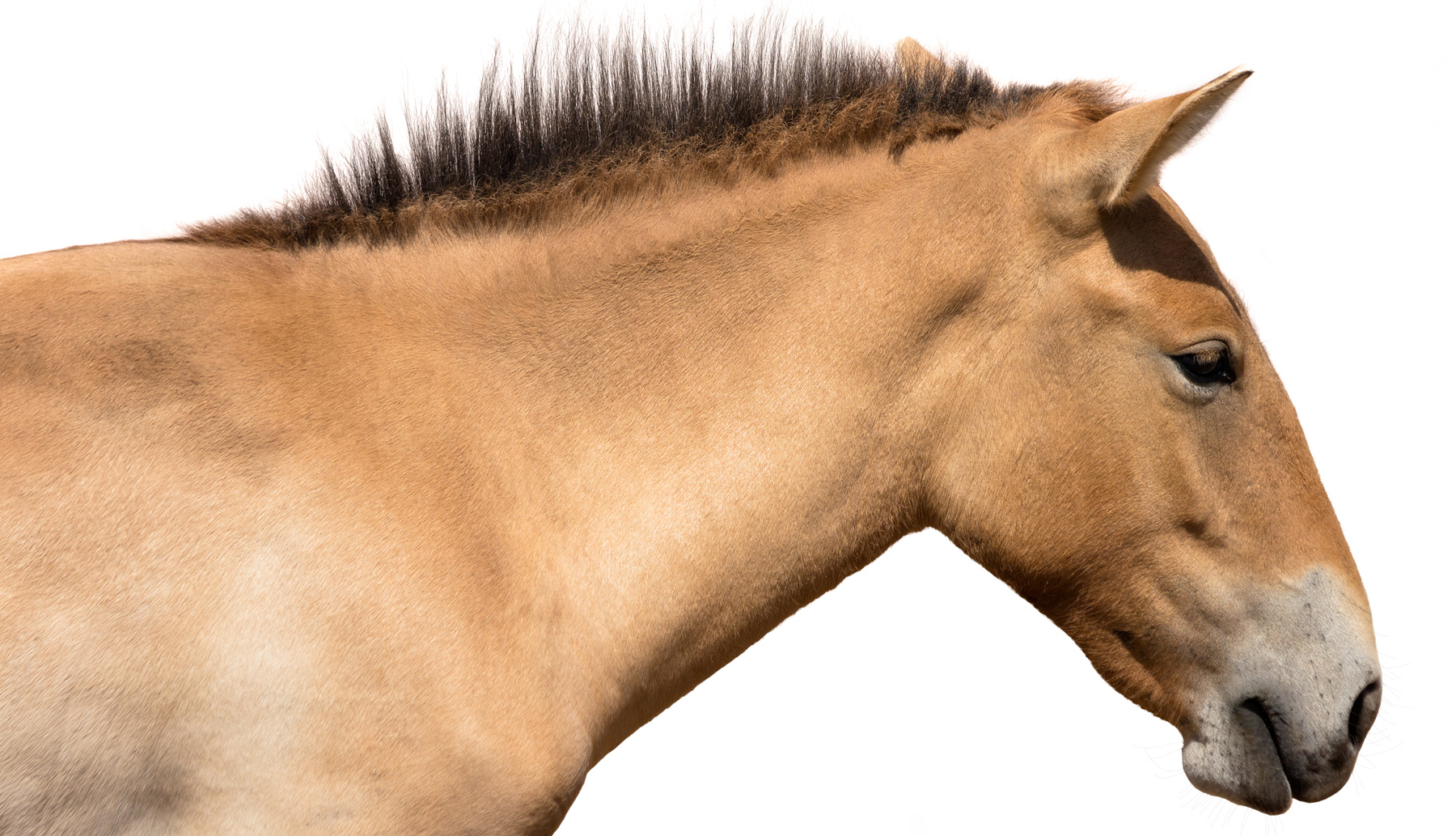
 Skin fungi are very persistent. An effective treatment can only be guaranteed if the horse owner takes all necessary measures consistently permeates the treatment and also continues for several weeks even after the visible symptoms are already healed. The vet usually prescribes the drugs Imaverol and Mycophyt.
Skin fungi are very persistent. An effective treatment can only be guaranteed if the horse owner takes all necessary measures consistently permeates the treatment and also continues for several weeks even after the visible symptoms are already healed. The vet usually prescribes the drugs Imaverol and Mycophyt.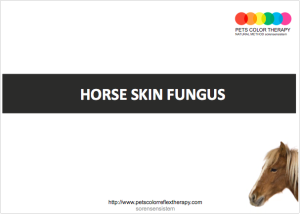

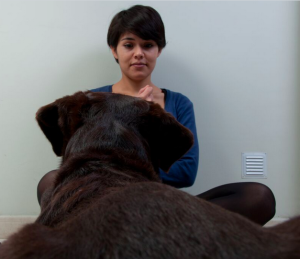


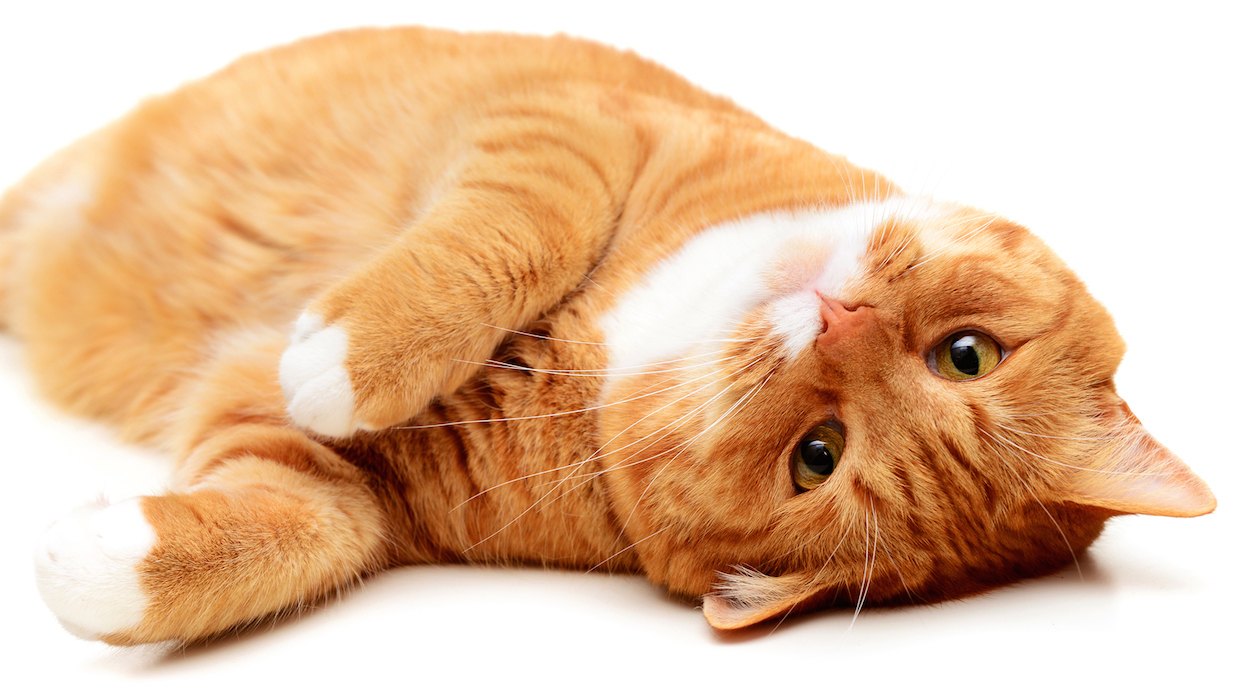
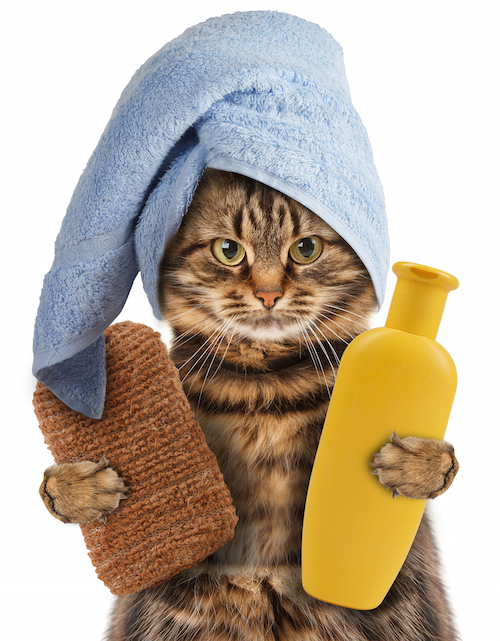 When the cat has ear mites the ears of the animal should be cleaned firstly. The scabs can be softened with a little vegetable oil and lightly wiped away after a few hours. Someone who’s got the confidence to do so, and whose animal allows it, can flush out the ears with some warm water. However, it is important to proceed very gently so that the eardrum does not get hurt.
When the cat has ear mites the ears of the animal should be cleaned firstly. The scabs can be softened with a little vegetable oil and lightly wiped away after a few hours. Someone who’s got the confidence to do so, and whose animal allows it, can flush out the ears with some warm water. However, it is important to proceed very gently so that the eardrum does not get hurt.